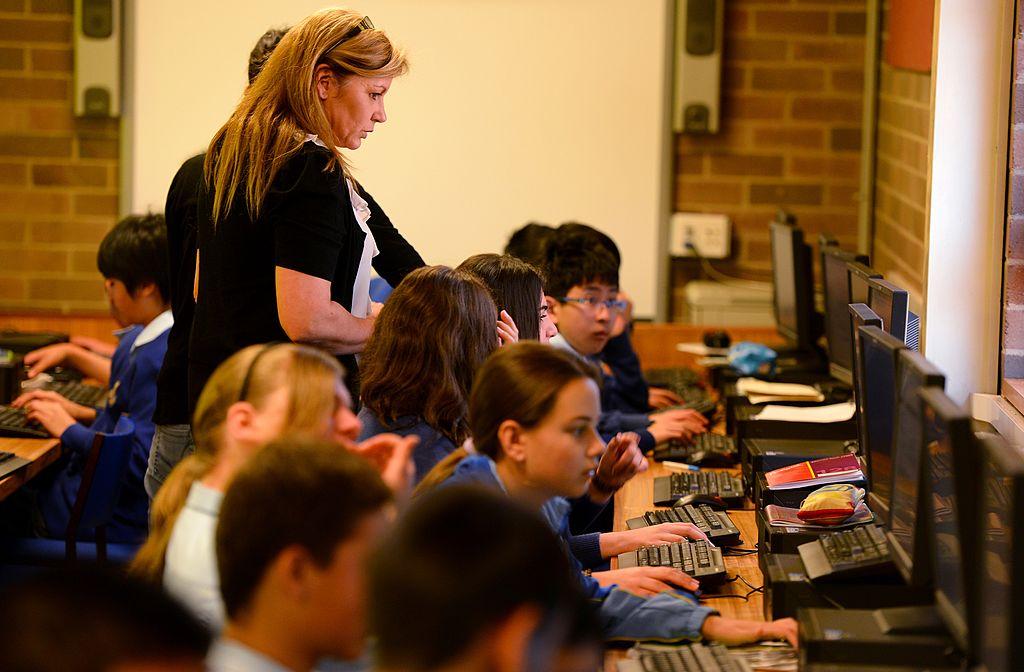Millennials and Gen Z are dominating the small business landscape in Australia, accounting for 63.3 percent of new business accounts opened at Commonwealth Bank (CBA) in 2023.
New business accounts at CBA grew by 10.4 percent from 2022, with millennials (born 1981-1996) opening 48.5 percent and Gen Z (born 1997-2012) opening another 14.8 percent. Women accounted for 43.2 percent of all opened accounts.





